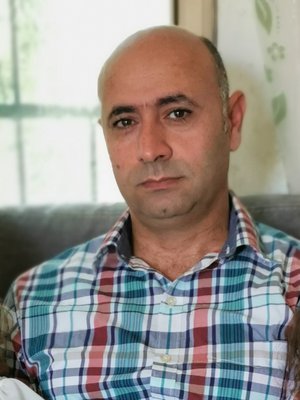Sameh Monna
- Nature of Work
- Academic
- Profession
- Associate Professor
- Email Address
- [email protected]
- Office Phone
- (+970) 9 2345113 Ext. 882524


Sameh Monna
- Nature of Work
- Academic
- Profession
- Associate Professor
- Email Address
- [email protected]
- Office Phone
- (+970) 9 2345113 Ext. 882524
- Course Title
- Environmental Thermal Control for Architecture
- Course Number
- 10606360
- Instructor Name
- Sameh Monna
- Contact Information
- [email protected]
- Semester(s) and academic year(s)
- Compulsory / Elective
- Compulsory
The building has a continuous interaction with the environment. It affects the surroundings and the occupant mentally and physically. The building is the shelter for the occupant, and as such fulfills needs which are considerably older than recorded history. It responds to outdoor environment around it and even affects the ecology as a whole.
This course deals with the thermal and environmental performance which effect buildings, and how the designer responds to the thermal environment. It is necessary for the architect to understand those processes, human response to them, and the materials and tools with which we may work. The contents of this course are the following:
Part I
- Introduction about Sustainability and Environmental Design
- Physics of Heat Transfer, Conduction, Convection, Radiation, Latent Heat
- Human Thermal Comfort
- Climate, and Building as Organisms
Part II
- Thermal calculation: heat transfer, flow, gain and loss
- Thermal insulation
- Solar Position and solar control
- Passive design strategies
Part III
- Active Design
- HVAC Systems
- Be able to apply knowledge of physics, mathematics, and engineering science to understand building thermal properties.
- Be able to implement a complete but simple design by specifying all components of the system and providing a proper thermal design using manual calculations on simple typical examples.
- Be able to conduct proper and simple analysis for building’s thermal design
| Activity | Percent (%) |
|---|